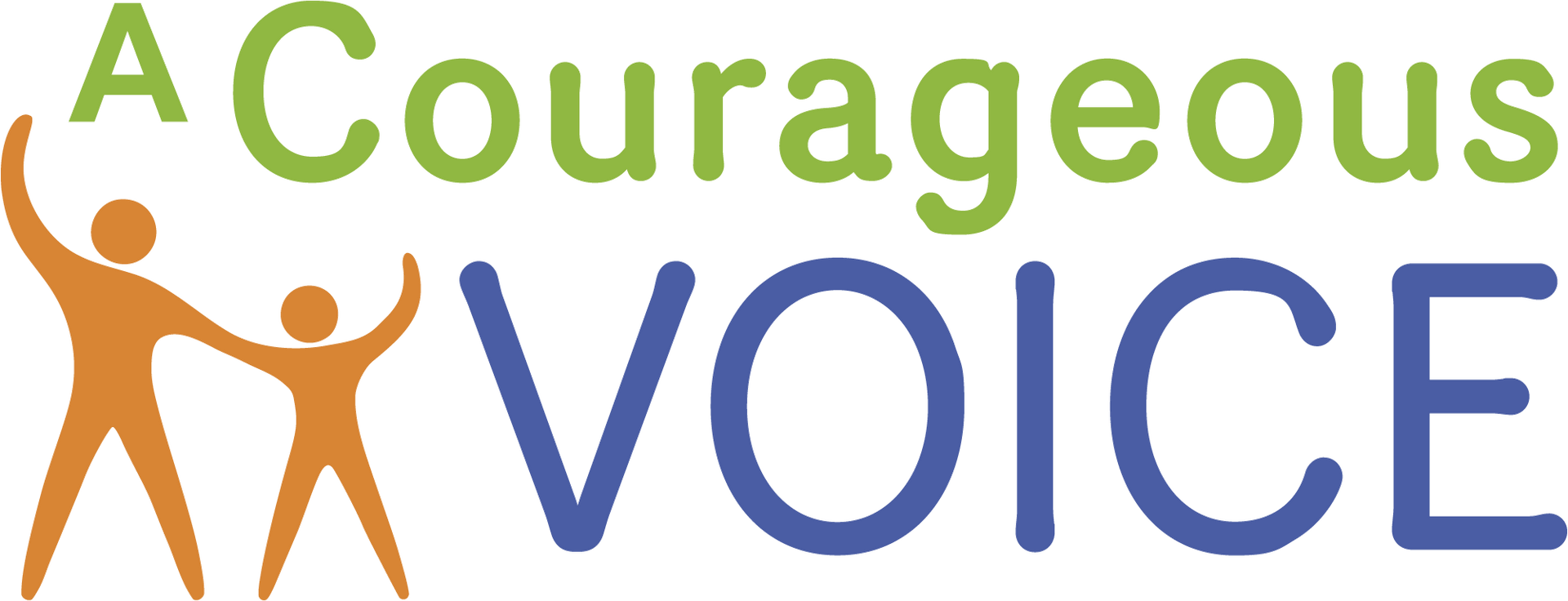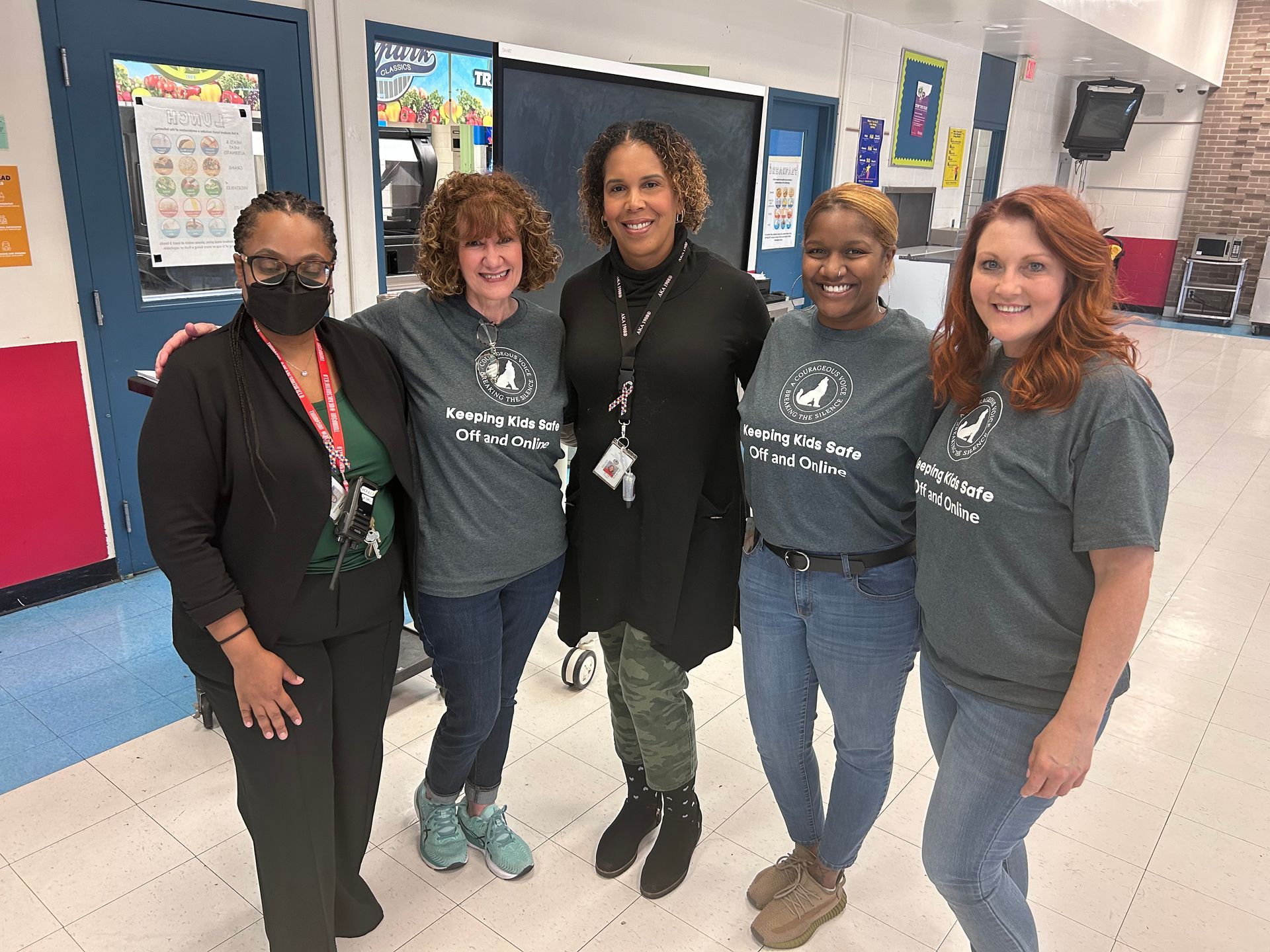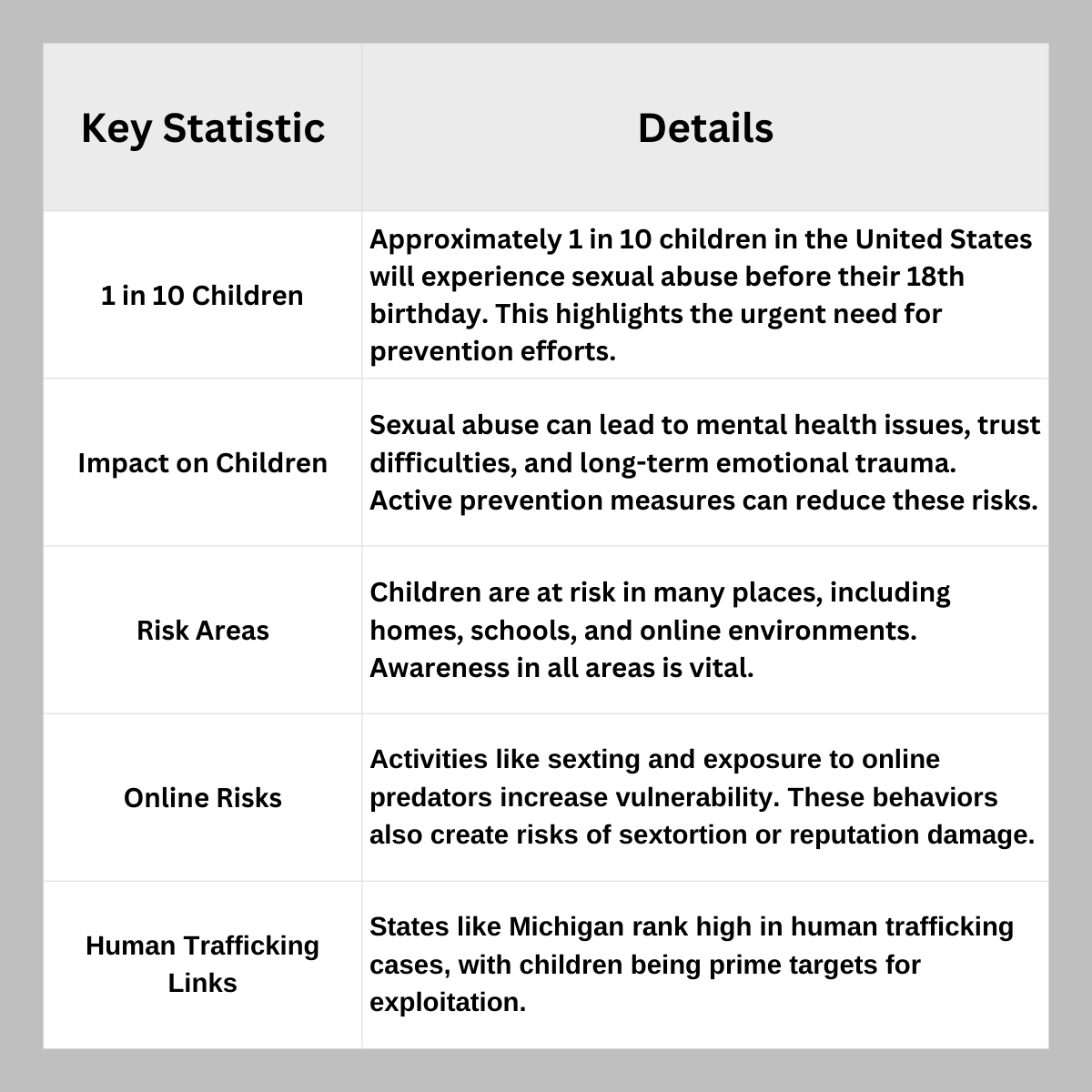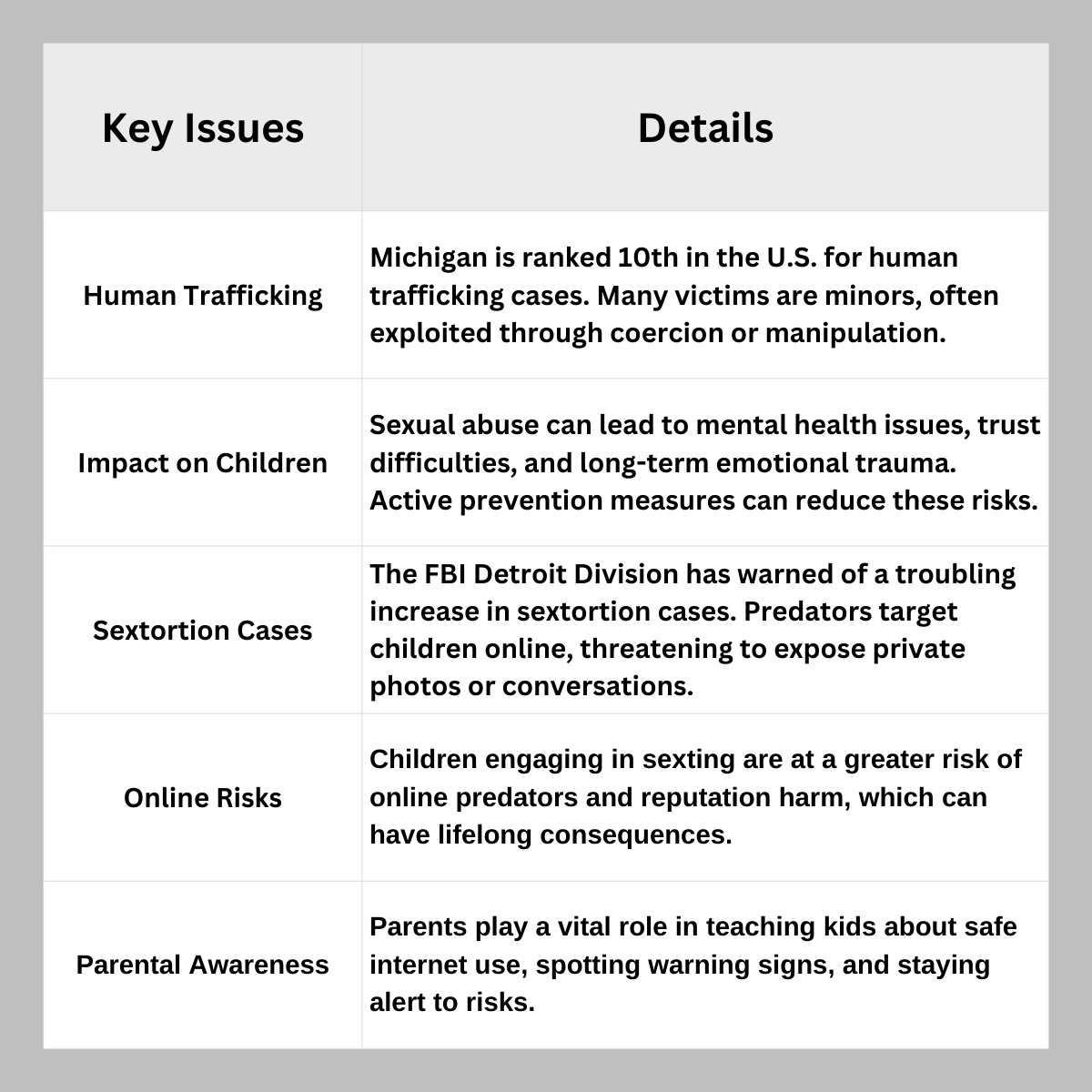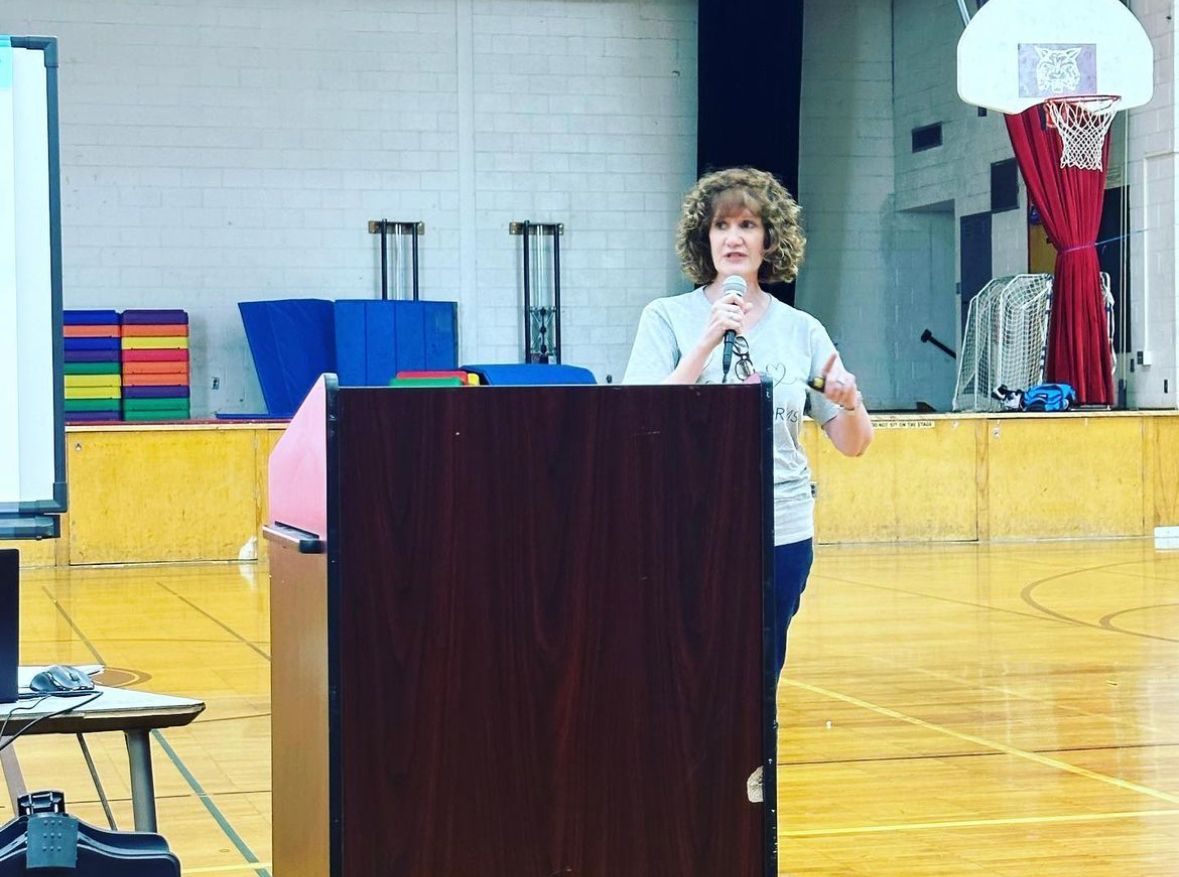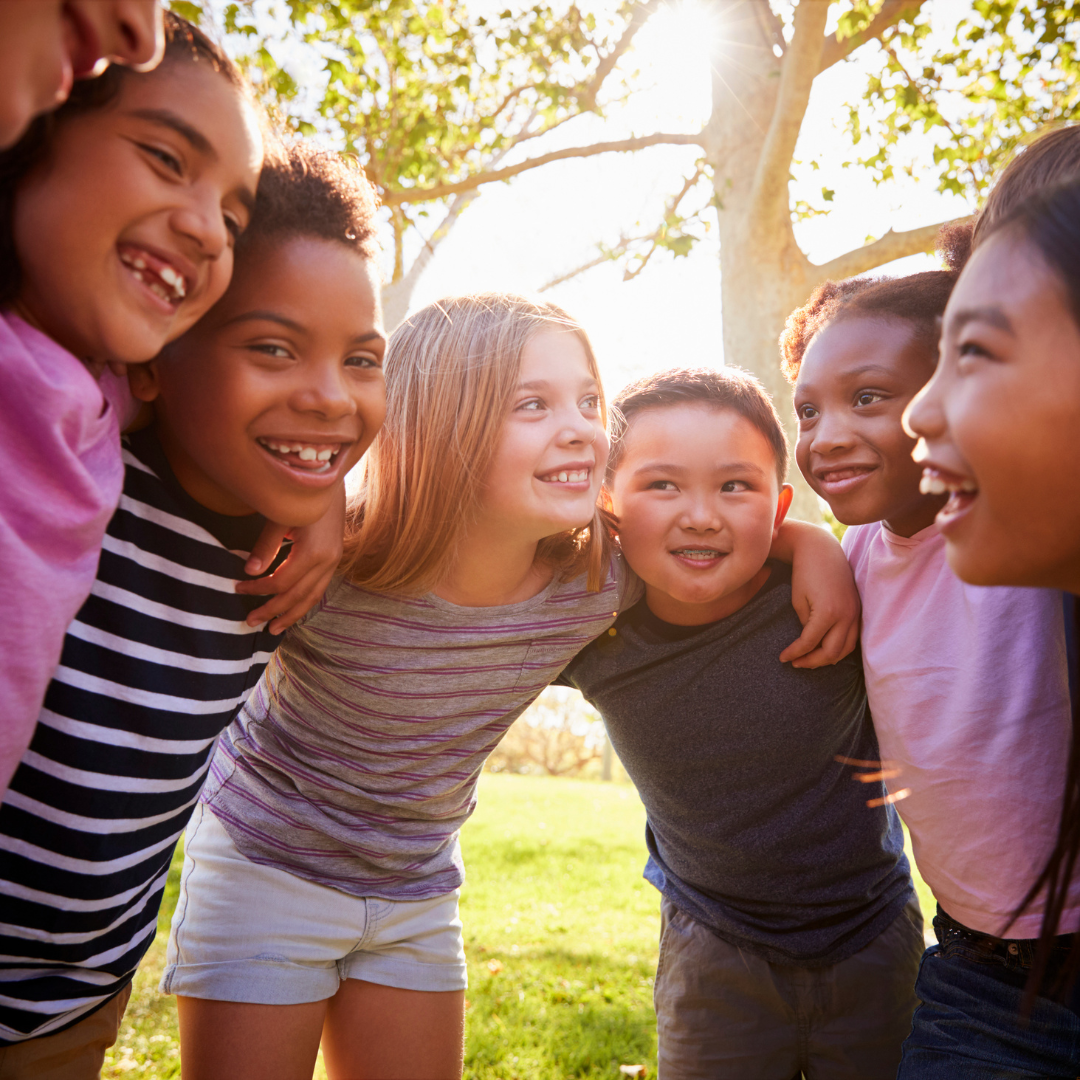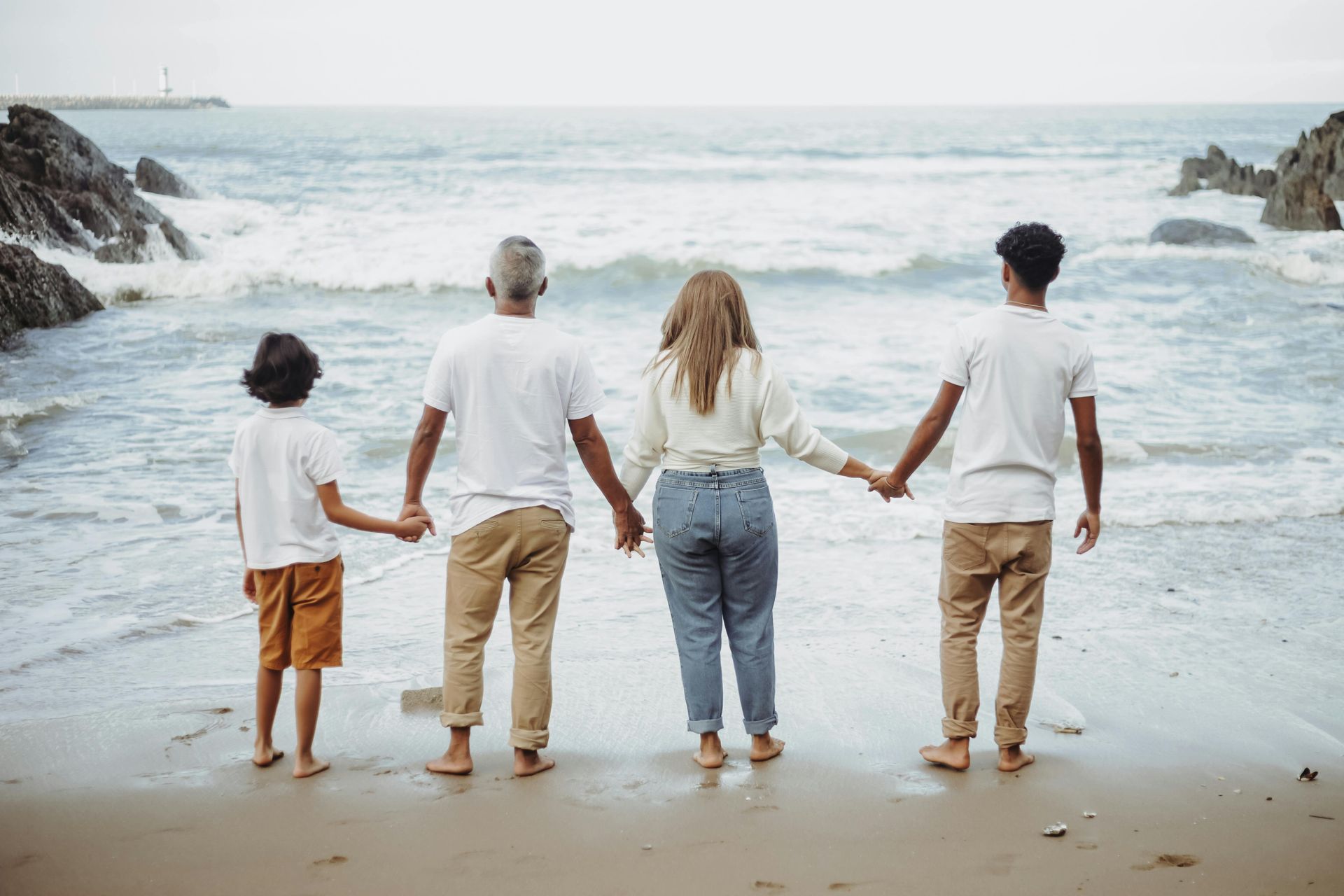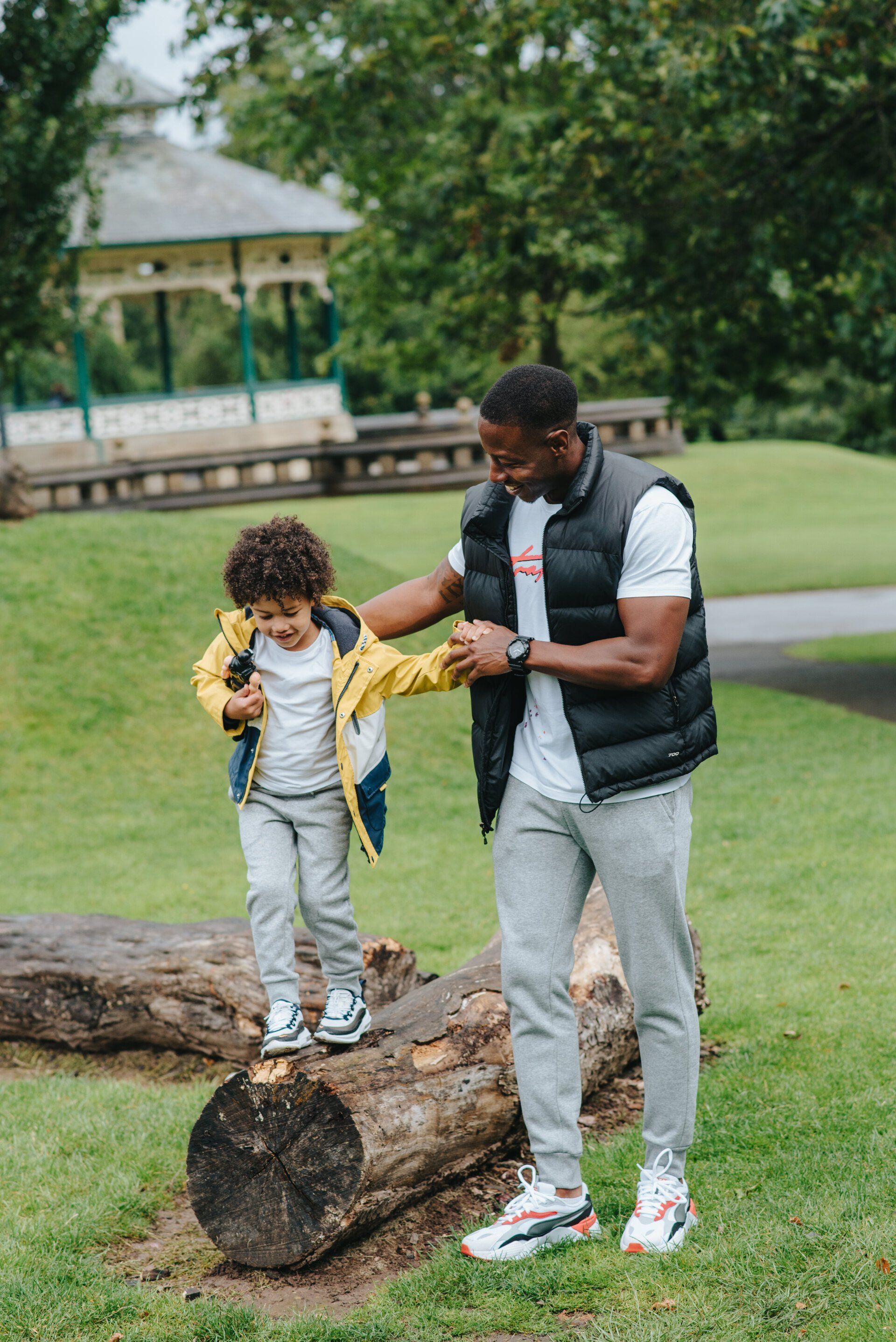Preventing Child Sexual Abuse
Protecting children from sexual abuse is a big concern for many adults. About 1 in 10 kids face this trauma before they turn 18 years old. This blog will guide you on ways to prevent it and keep kids safe .
Key Takeaways
- About 1 in 10 children experience sexual abuse before they turn 18. This highlights the need for prevention efforts like programs by A Courageous Voice and the Monique Burr Foundation .
- Programs like MBF Child and Teen Safety Matters teach kids personal safety , online risks like sexting , how to identify trusted adults, and respond to unsafe situations.
- Michigan ranks 10th nationally for human trafficking cases , with rising sextortion incidents targeting minors . Awareness about digital footprints is crucial for protection.
- Collaboration among schools, communities, and families helps prevent child sexual abuse through education programs and support resources.
- Resources guide parents and educators on spotting warning signs of abuse while teaching kids lifelong safety skills both online and offline.
Collaborative Efforts in Child Sexual Abuse Prevention
Preventing child sexual abuse takes teamwork. Partnerships between groups can create stronger programs and spread awareness widely.
A Courageous Voice works closely with the Monique Burr Foundation for Children to fight child abuse. Together, they create programs that teach children and adults how to stay safe.
These efforts focus on preventing child sexual abuse, trafficking, and exploitation.
Trained facilitators in Wayne and Oakland Counties help share this knowledge in schools and youth-serving organizations. Programs like "Kids Voices Matter" help protect younger children by raising awareness about online safety, body parts education, personal safety rules, and identifying signs of abuse .
Statistics and Risks
Many children face risks like sexual abuse, sextortion, or online exploitation that could affect their safety and future—learn how to protect them.
1 in 10 children experience sexual abuse before turning 18
Each year, countless children face the trauma of sexual abuse. The statistic, " 1 in 10 children experience sexual abuse before turning 18 ," emphasizes how widespread this issue is. These cases are not limited by geography, background, or socioeconomic status. Understanding key details helps you act to protect the children in your life.
| Key Statistic | Details |
|---|---|
| 1 in 10 Children | Approximately 1 in 10 children in the United States will experience sexual abuse before their 18th birthday. This highlights the urgent need for prevention efforts. |
| Impact on Children | Sexual abuse can lead to mental health issues, trust difficulties, and long-term emotional trauma. Active prevention measures can reduce these risks. |
| Risk Areas | Children are at risk in many places, including homes, schools, and online environments. Awareness in all areas is vital. |
| Online Risks | Activities like sexting and exposure to online predators increase vulnerability. These behaviors also create risks of sextortion or reputation damage. |
| Human Trafficking Links | States like Michigan rank high in human trafficking cases, with children being prime targets for exploitation. |
This information underscores the importance of education and action. Next, learn how prevention education provides tools to safeguard children.
Sexting as a risk for online predators and reputation damage
Sexting can put your child at risk. Sharing private photos online exposes them to online predators who target vulnerable kids. These predators may use shared images for blackmail or manipulation , often leading to deeper harm.
It also damages a child’s reputation. A single photo can spread quickly on social media, leaving permanent consequences like bullying and humiliation. Teach your child about safe online practices.
Emphasize the importance of keeping personal images private.
“What goes online stays online forever.” - Amy Ever, Founder & CEO of A Courageous Voice
Michigan's ranking in human trafficking and cases of sextortion
Michigan faces a serious challenge in protecting its children. The state ranks 10th nationally for human trafficking , and sextortion cases are on the rise, according to the FBI Detroit Division . Understanding these risks is essential to safeguarding children from abuse and exploitation.
| Key Issues | Details |
|---|---|
| Human Trafficking | Michigan is ranked 10th in the U.S. for human trafficking cases. Many victims are minors, often exploited through coercion or manipulation. |
| Sextortion Cases | The FBI Detroit Division has warned of a troubling increase in sextortion cases. Predators target children online, threatening to expose private photos or conversations. |
| Online Risks | Children engaging in sexting are at a greater risk of online predators and reputation harm, which can have lifelong consequences. |
| Parental Awareness | Parents play a vital role in teaching kids about safe internet use, spotting warning signs, and staying alert to risks. |
Predators often take advantage of digital platforms, making education about online safety even more critical. By understanding these dangers, you can help protect children from harm.
Evidence-Based Prevention Education
Teaching kids about safety helps stop abuse before it happens. These programs give young people the tools to stay safe and make smart choices.
The MBF Child and Teen Safety Matters curriculum offers evidence-based lessons for kids in elementary, middle, and high schools. It uses age-appropriate activities to teach students how to recognize unsafe situations.
This program builds personal responsibility by helping kids identify safe adults they can trust.
It also focuses on practical skills like responding to abuse and understanding digital safety . Through engaging lessons, your child learns about online risks such as sexting or predators.
These tools aim to empower young people while creating a safer environment for them at home, school, and online.
Targeting elementary, middle, and high school students
Schools play a key role in teaching child safety. Programs must fit the needs of each age group to make them effective.
- Elementary school students learn how to spot unsafe situations early. They are taught how to identify safe adults they can trust. These lessons help children build confidence and stay safe.
- Middle school students face new risks, like online predators and sexting dangers . Programs at this level teach about digital citizenship and protecting their digital footprints.
- High school students gain skills for recognizing exploitation and handling unsafe situations wisely. They also discuss long-term impacts like post-traumatic stress or reputation damage.
- Lessons highlight personal responsibility across all groups, ensuring every child knows how to respond to abuse and seek help quickly.
Children need these skills as part of a prevention framework focused on lifelong safety education . This leads into understanding how programs empower kids while involving parents and communities next.
Covering recognizing unsafe situations, personal responsibility, safe adults, and appropriate responses to abuse
Children need the right tools to stay safe from harm. Teaching them about safety online and offline is crucial.
- Teach kids how to spot unsafe situations . Explain that uncomfortable touches, secret requests, or threats are warning signs of abuse. Include how predators use tricks, both in person and online.
- Help children understand personal responsibility for their safety. Stress the importance of speaking up if they feel uneasy or unsafe. Encourage them never to keep dangerous secrets.
- Identify safe adults they can trust, such as teachers, parents, or law enforcement officers. Teach them how to share concerns with these individuals calmly and clearly.
- Explain the correct ways to respond to abuse or risky situations. Tell kids it's okay to say “no” loudly, leave immediately, and seek help from a trusted adult.
- Educate about digital safety like avoiding sexting and being mindful of what they post online. Discuss risks with digital footprints and how predators exploit social media activity.
- Provide a list of community resources like Child Protective Services or hotlines offering legal help and guidance for victims of child maltreatment.
- Encourage open conversations at home about body boundaries and respect while using age-appropriate language at every stage of child development.
Impact and Reach of the Program
The program helps kids build skills to stay safe and confident. It also gives parents, schools, and communities tools to protect children better.
Empowering children with skills and confidence
You can help children learn skills to protect themselves from sexual abuse. Teaching them how to recognize unsafe situations gives them the power to act wisely. Programs like Kids Voices Matter from A Courageous Voice in Detroit, MI, show kids how to find safe adults, take personal responsibility, and respond well in dangerous moments.
Building confidence is just as important as teaching safety. When kids feel strong, they are less likely to become victims. They also learn about digital citizenship and protecting their online footprints.
This knowledge helps prevent issues like sextortion or online exploitation by predators.
Educating youth on digital citizenship and digital footprints
Teaching kids about digital citizenship builds their awareness online. They learn to act responsibly and safely on the internet, protecting themselves from harm. Discuss how every post or photo leaves a digital footprint that can affect their future.
Explain how these footprints shape reputations, relationships, and even job opportunities.
Talk to them about risks like sexting and sharing private details with strangers online . Help them understand predators often use this information to exploit children. Show them ways to protect personal data while using apps or social media.
Safe habits early on create responsible internet users later in life.
Providing resources for parents, educators, and community members
Helping children stay safe requires everyone’s effort. Parents, educators, and community members need resources to protect young children from sexual exploitation.
- Resources help parents recognize signs of sexual abuse in their children. These can include changes in behavior, physical injuries, or fear of certain people or places.
- Educators get support to teach safety programs in schools. Programs like MBF Child and Teen Safety Matters guide kids on avoiding unsafe situations and finding trusted adults.
- Community members learn how to act if they suspect a child is in immediate danger. Knowing how to report concerns can save lives.
- Training materials highlight protective factors against risks like sextortion or human trafficking. Learning these steps lowers the chances of harm.
- Fact sheets show statistics such as 1 in 10 children facing sexual abuse by age 18. This helps you understand why prevention efforts are vital.
- Guidance on digital citizenship teaches kids about sexting risks and online predators. Adults can use this knowledge to create safer online spaces for youth.
- Resources explain primary prevention strategies that address social norms contributing to child sexual abuse.
- Parents receive tips to start important conversations with their children about boundaries and safety early on.
- Local-level services connect you with organizations like Prevent Child Abuse America for extra support near your area.
- Tools like a Desk Guide or online site content make it easier for anyone to access help quickly and efficiently at any time needed.
Importance of Collaboration in Child Protection
Working together creates stronger programs and protects more children, making collaboration a key part of prevention efforts.
Comprehensive and sustainable framework for prevention
A strong framework ensures long-term prevention. You need a plan that involves schools, communities, and families working together. Prevention of child sexual abuse must include evidence-based education programs and clear policies .
Focus on teaching children to recognize unsafe situations and respond appropriately.
Collaboration is key in child protection efforts. Community services, public policy changes, and prevention resources help create lasting solutions. Using available evidence allows you to implement best practices effectively.
This approach lowers economic burdens from unchecked abuse cases while promoting safer environments for children everywhere.
Effective implementation of child abuse prevention education from A Courageous Voice in Detroit, MI, works best with proper training and resources. In Michigan, trained facilitators in Wayne and Oakland Counties deliver the MBF Child Safety Matters curriculum.
This program teaches children to recognize unsafe situations, personal responsibility, and how to seek help from safe adults.
The curriculum covers serious risks like sexual exploitation of children and sextortion . It equips students with skills to protect themselves both online and offline. Educating schools early builds confidence for kids while also aiding parents, educators, and community members through useful tools.
Conclusion
Protecting children from sexual abuse is a shared responsibility . You can make a difference by staying informed and teaching kids the skills to stay safe. Programs like MBF Child and Teen Safety Matters give children and adults tools to prevent harm.
Together, we can create safer spaces for all children. Take action today to help protect their future!
Keeping Kids Safe Online & Online
FAQs
1. What is child sexual abuse?
Child sexual abuse involves any sexual acts or activity with a child, including exploitation and inappropriate involvement of a child in such behavior.
2. How can we prevent child sexual abuse at the local level?
Communities can raise awareness, create strong prevention policies, and train staff and volunteers to recognize signs of abuse and take action.
3. What role do organizations like the National Center play in preventing child exploitation?
The National Center helps protect missing children, supports victims of exploitation, and provides resources to stop these crimes before they happen.
4. How does substance use connect to adverse childhood experiences like sexual assault?
Substance use often stems from trauma caused by adverse childhood experiences, such as unplanned pregnancies or exposure to abusive situations during early life stages.
5. Why is it important to involve cultural groups in prevention efforts?
Involving cultural groups ensures that prevention strategies are inclusive, respectful of differences, and effective across diverse communities while addressing specific needs related to exploited children.

